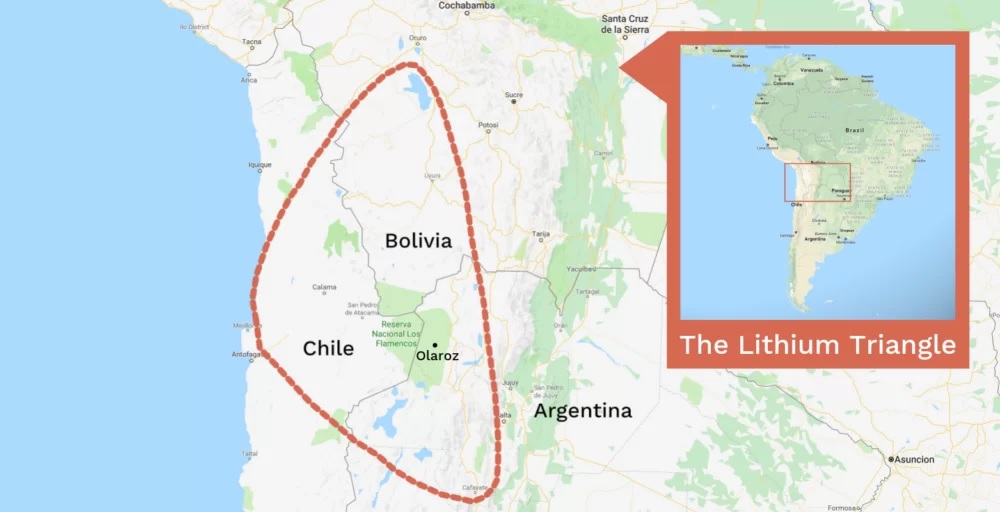Can lithium boost South America’s role beyond being a raw material supplier? South America is rich in lithium, a key element in green energy transitions.
A large portion is found in Argentina, Bolivia, and Chile in the Lithium Triangle.
Brazil also shows notable promise, recently exporting its first carbon-neutral lithium shipment to China.
Despite its abundance, the region faces challenges in maximizing this resource’s potential.
Alexandre Hage, a professor at the University of São Paulo, identifies geopolitical tensions as a key barrier.

Notably, historic disputes between Bolivia and Chile complicate matters. Additionally, the lack of suitable infrastructure hampers progress.
To truly capitalize on the lithium boom, Hage suggests that skill development is essential.
Specialized engineers and technicians could transform the sector. However, the professor tempers his optimism.
He suspects that international companies, which control much of the lithium cycle, might resist this change to maintain their market share.
Experts also caution that rising lithium demand could outstrip supply.
More companies are requiring sustainably sourced lithium, adding another layer of complexity.
Given these factors, the road ahead is fraught with obstacles and teeming with opportunities for South America.
Context
South America’s relationship with natural resources has been long-standing, often serving as an export hub for raw materials.
From silver and rubber to more recent commodities like soy and oil, the region has a history of being a supplier rather than a processor.
This role has its roots in colonial times when European powers focused on extracting resources without developing local industries.
The consequences of this have rippled through history, leaving a legacy of economic dependency.
Lithium’s rise to prominence is relatively new, driven by its use in rechargeable batteries for electric vehicles and renewable energy storage.
Lithium is often called “white gold,” symbolizing its rising value in the global push for sustainability.
Given South America’s significant reserves, it has the potential to shift historical economic paradigms.

